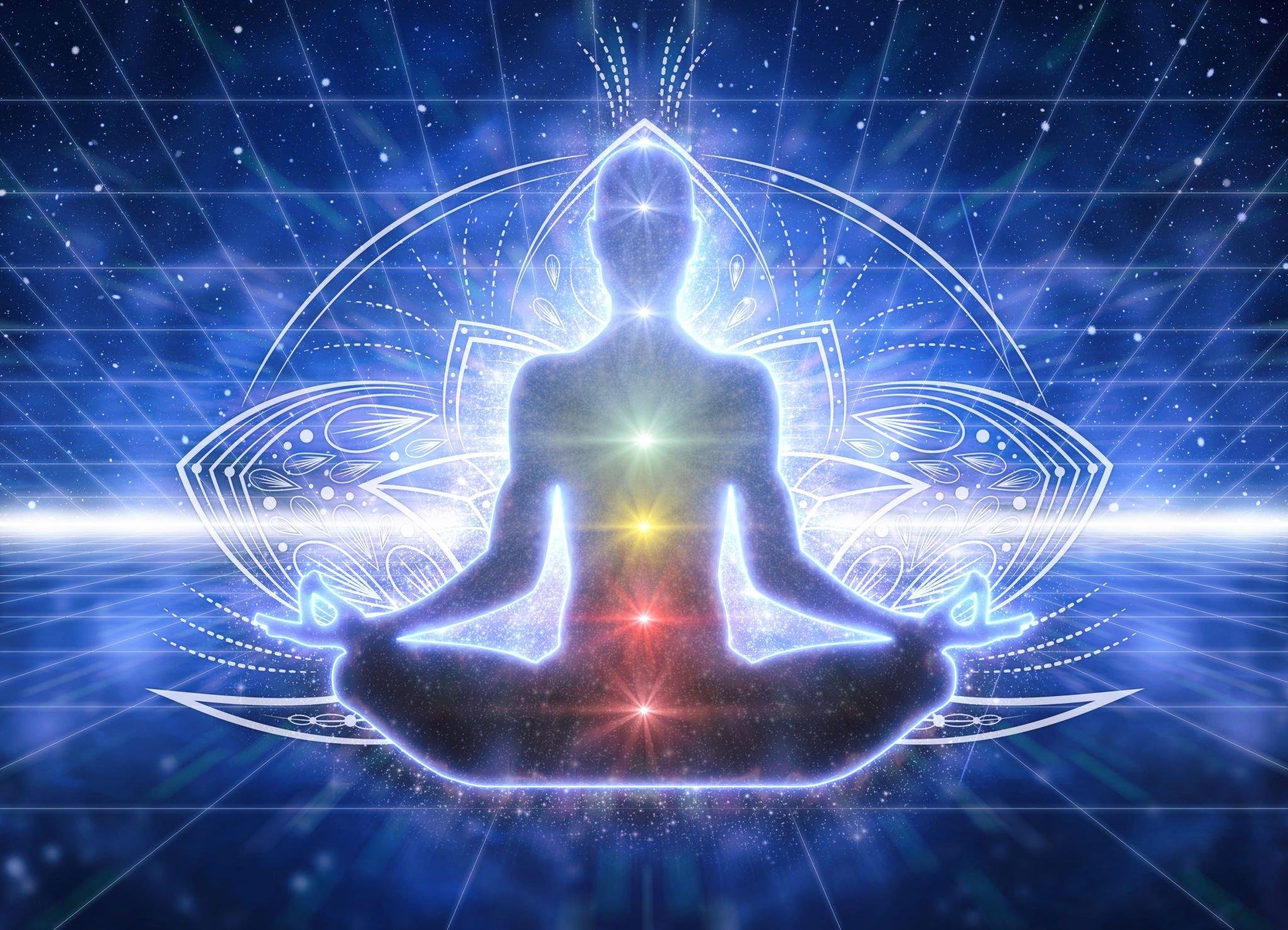The Symbolism of Lord Shiva: Insights into Existence, Consciousness, and Spiritual Transformation
Lord Shiva, one of the principal deities in Hinduism, carries rich symbolism that represents various aspects of existence, consciousness, and spiritual transformation. Here are some key symbolic interpretations of Lord Shiva:
Nataraja - Lord of Dance: Lord Shiva is often depicted as Nataraja, the cosmic dancer who performs the Tandava, a divine dance that signifies creation, preservation, and destruction. The Nataraja form symbolizes the rhythmic cycle of life, the eternal flow of energy, and the cosmic forces that sustain the universe. It represents the idea that the entire universe is a divine dance, and Shiva is the supreme dancer.
Third Eye: Lord Shiva is often depicted with a third eye on his forehead. This eye represents wisdom, inner perception, and the ability to see beyond the ordinary realms of existence. It signifies the opening of the "inner eye" to gain insight, intuition, and the ability to discern truth from illusion.
Crescent Moon: The crescent moon adorning Lord Shiva's matted hair represents the cycles of time, rejuvenation, and immortality. It symbolizes the waxing and waning phases of life and the continuous regeneration of the universe. The crescent moon also represents the mind and its connection to higher consciousness.
Trishula (Trident): Lord Shiva carries a trishula, a three-pronged trident. The trishula symbolizes the three fundamental aspects of existence: creation, preservation, and dissolution. It signifies the power of transformation, the ability to overcome ignorance, and the destruction of negative tendencies to pave the way for spiritual growth.
Serpent (Naga): Lord Shiva is often depicted with a serpent around his neck, known as Vasuki. The serpent represents awakened Kundalini energy, coiled at the base of the spine. It symbolizes the latent spiritual potential within every individual. Lord Shiva's ability to control and wear the serpent signifies his mastery over the primal life force and his connection to the divine cosmic energy.
Ashes (Bhasma): Lord Shiva's body is covered in sacred ashes, known as Bhasma. The ashes represent the impermanence of the material world and the transient nature of life. They symbolize renunciation, detachment from worldly attachments, and the realization of the eternal nature of the soul.
Mount Kailash: Lord Shiva is often depicted residing in Mount Kailash, a sacred mountain in the Himalayas. Mount Kailash represents the abode of divine consciousness, a place of spiritual elevation and enlightenment. It symbolizes the journey towards self-realization and union with the divine.
Nandi:Nandi symbolizes unwavering devotion and faith. As the primary devotee and loyal vehicle of Lord Shiva, Nandi represents the ideal devotee who is steadfast in their devotion and remains devoted to the divine with unwavering faith. Nandi's association with Lord Shiva represents the inseparable bond between the individual and universal consciousness. It symbolizes the unity of the individual soul (jiva) with the supreme consciousness
Ganges: This flowing nature of Ganges symbolizes the continuous flow of consciousness, the eternal stream of awareness that connects all beings. It represents the ever-changing and interconnected nature of existence.
Image Credit Unsplash Mayur Ken @mdk_07
The Symbolism of Puranic Manthan
The Puranic Manthan, also known as the Churning of the Ocean, is a significant event in Hindu mythology that holds deep symbolic meaning. It represents the cosmic process of transformation and the quest for immortality. Manthan is churning of our mind to purify it and realize our true state. Here are some key symbolic interpretations of the Puranic Manthan:
Mount Mandara: In the Manthan, the gods (devas) and demons (asuras) collaborate to churn the ocean using Mount Mandara as the churning rod. Mount Mandara symbolizes the human spinal column or the spiritual axis. It represents the awakening of spiritual energy and the ascent of consciousness towards higher realms.
The Churning Rope (Vasuki): The serpent Vasuki serves as the churning rope, wrapped around Mount Mandara. The serpent symbolizes the awakened Kundalini energy, coiled at the base of the spine. The act of churning with Vasuki represents the awakening and activation of this dormant spiritual energy, leading to higher states of consciousness.
Demons and Gods: The participation of both demons and gods in the churning symbolizes the dualistic aspects of existence. The gods represent positive forces such as virtue, wisdom, and righteousness, while the demons represent negative forces such as ignorance, desire, and ego. The cooperation between the two signifies the necessity of balancing these opposing aspects within oneself to achieve spiritual growth.
Poison and Nectar: During the churning, both poison (halahala) and divine nectar (amrita) emerge from the ocean. The poison symbolizes the negative aspects of existence, such as suffering and challenges, which must be confronted and overcome on the spiritual path. The nectar represents the ultimate goal of spiritual realization, immortality, and liberation from the cycle of birth and death.
Divine Beings and Treasures: Various divine beings and treasures emerge from the ocean during the churning. These include the celestial cow Kamadhenu, the wish-fulfilling tree Kalpavriksha, and the goddess of wealth Lakshmi. These treasures symbolize spiritual abundance, fulfillment, and divine blessings that manifest when one engages in spiritual practices and seeks higher truths.
Inner Alchemy and Transformation: The Puranic Manthan serves as an allegory for the process of inner alchemy and transformation. It represents the journey of self-discovery and the awakening of latent spiritual potential within each individual. The churning process signifies the purification of the mind, elimination of impurities, and the realization of higher states of consciousness.


